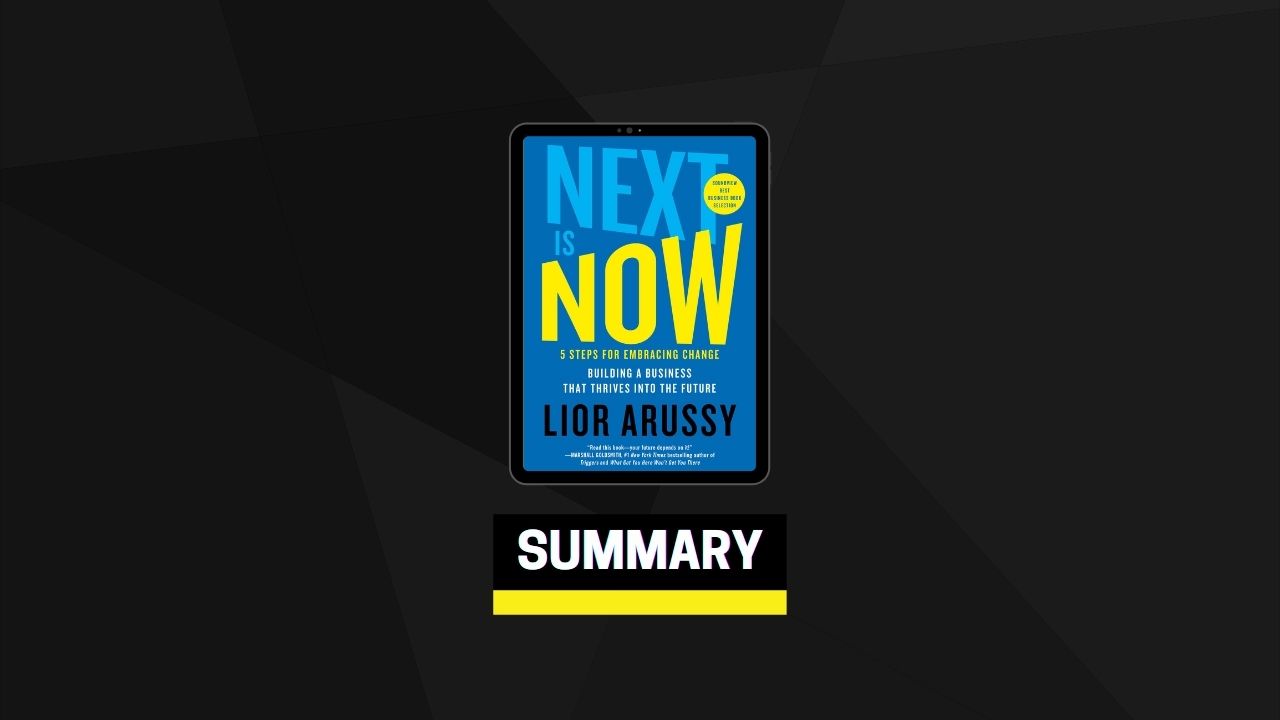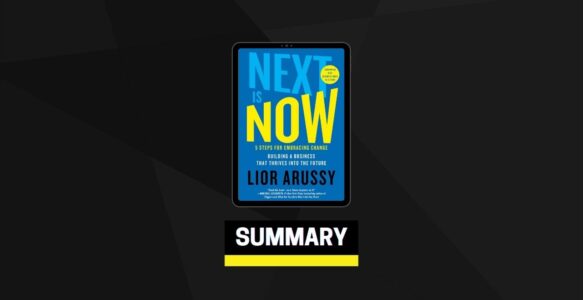Change Resilience
Evolve, don’t change. Evolution means continually adapting and responding to new opportunities. Of course, not every opportunity is worth pursuing. But an understanding of your core cause will help you recognize which ones are.
By retaining a strong commitment to your values, you make yourself future ready.
Thinking about change in this way frees people up to view an upcoming transformation in a more balanced and open-minded way. Transformation is no longer threatening. Their identity remains intact.
This is the foundation that change resilience is built on. With a strong and stable understanding of our purpose, we can adapt to any change—provided the alignment is right. We can then approach change from a position of power. Change becomes a tool to enhance our skills, not replace them.
Fear of Change
While it’s true that we don’t want our fear of change to paralyze us or hold us back, a little anxiety can actually be a good thing.
In other words, if you’ve lost the butterflies-in-your-stomach feeling when it comes to your work, you’re on autopilot. You will take people for granted. You’re acting as a process operator, not a high-impact performer.
When you operate on autopilot, you take your customers for granted. You assume you already have the answer to their wishes and do not engage in exploration of what they truly need.
Think about it: Why do so many of us have anxiety? Because we’re afraid to fail. And we’re not just afraid of letting ourselves down—we usually don’t want to disappoint someone else. We recognize that there is someone on the other side of our work. We know that what we do matters.
When you drop the anxiety, when you no longer have a few butterflies floating around, you become like the singer who rests on the laurels of his biggest hit or a stand-up comic who tells the same jokes over and over. A little bit of fear can be your secret weapon. It’s not your weakness, it’s your power. It keeps you aware. It keeps you focused. It keeps you thinking about what’s Next.
The Secret to Change Resilience: Engagement
When people are inspired to act, understand the need they are addressing for their customer, and have their role in making an impact clearly communicated, they are ready to make a difference.
Engagement Driver #1: Give people the power to have an impact on someone else’s life.
Engagement Driver #2: Put customers at the center and empower people to serve them.
Engagement Driver #3: Give employees personal ownership of the strategy.
Are You Future Ready?
Are you ready to embrace the unknown? To be proactive and stay ahead of the game? To own your destiny—and use your skills to help others? To be a force for good in the world, not just buy the T-shirt?
five-step Future Ready Impact process was designed to help you get there—and to take your colleagues and your organizations with you.
Step 1: Face it!
The first step in embracing change is getting honest with yourself about the reason for it: anything from industry trends and technology advancements to a changing customer base or environmental factors. Your challenge? Face the change squarely and objectively and decide your next step.
Step 2: Analyze it!
You’re not a robot. It’s human nature to fear change. This is what Step 2 is all about: understanding the emotions associated with change. You’re going to explore the pain, the fear, the lack of readiness, and any other emotions standing between you and the rational facts you faced in Step 1. You’ll learn to recognize them, understand them, and ultimately move beyond them.
Remember, you’re supposed to be afraid of change. What separates the change-resilient from the rest of us is that they’ve developed a strategy to move past that fear.
Step 3: Redefine it!
At this point you have a good understanding of both the rational reasons for change and your irrational opposition to it. It’s time to reframe the change and understand how it helps you fulfill your purpose. By focusing on your core cause and understanding how the proposed change is in alignment with that, you can create a hopeful future you can love and embrace. Change will become something you want to pursue as a means to fulfill your hopes and dreams.
Step 4: Grow it!
It’s not enough to just imagine a beautiful future. Step 4 is all about training for it and creating a safe space for you to start embracing new behaviors and develop your confidence around the change without fear of public embarrassment.
Step 5: Own it!
At this point, change is yours. You are ready to bring the change into your daily practices and behavior and put your own spin on it. Not only will you be better able to roll with the new changes, you’ll be better equipped to see the next change on the horizon.
Whether you’re facing a personal change or a professional transformation, these five steps are designed to accelerate change and guide you to the next place you belong. They will empower you to be the authority of your life.
Leading Change Resilience
The time is now. There is never a perfect time for change. We often delay changing in the name of getting the timing, the strategy, the people, the finances, the environment perfectly right. You and I both know there is no such thing as perfect.
Opportunity does not always bang on your door. It gives a quiet little rap. Wait too long to get off the couch and it’s gone. If your organization waits for the perfect strategy or timing, you’re basically handing the future over to your competitors.
Transformation requires the confidence to operate with incomplete information and deduce from trends what the future will bring. If you wait for complete validation, it will simply be too late.
Living Change Resilience
one way you can tell you’re on the right track. It will happen when you start looking forward to change. When you embrace change resilience as a mission and not a mandate. When change feels like a desire, not a chore. When we start loving the changed person we have become, we know we have arrived. But we won’t stop there. With our eyes always scanning the horizon for the Next, we will continue the transformation.
A world in which people stop changing is a world without progress. Our job as human beings is not to just accept the world the way it is, but to build it as we want it to be.


